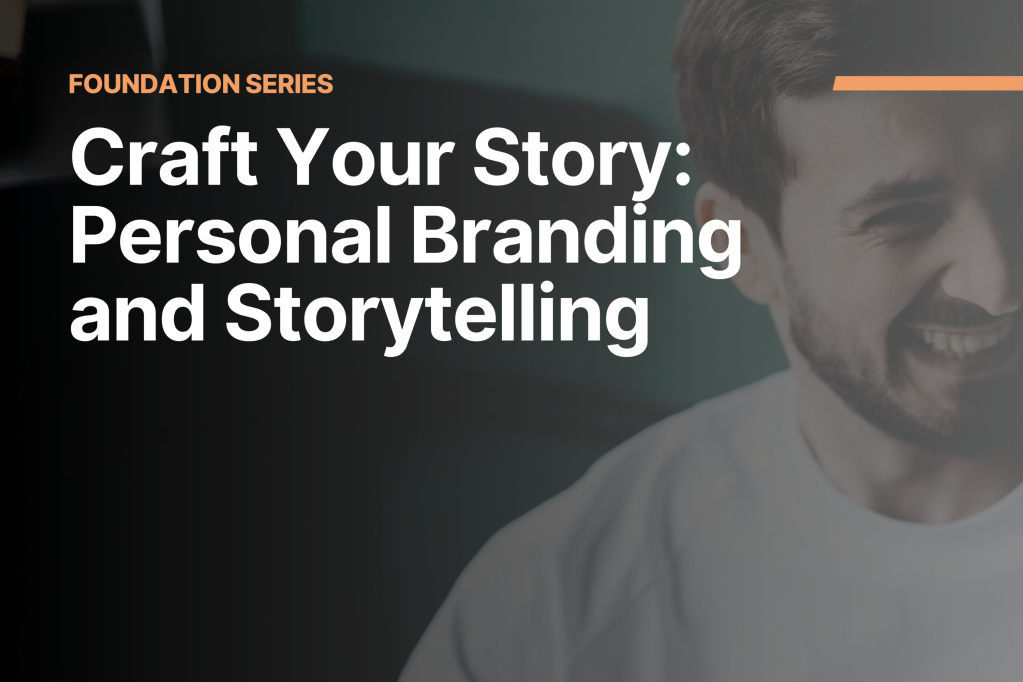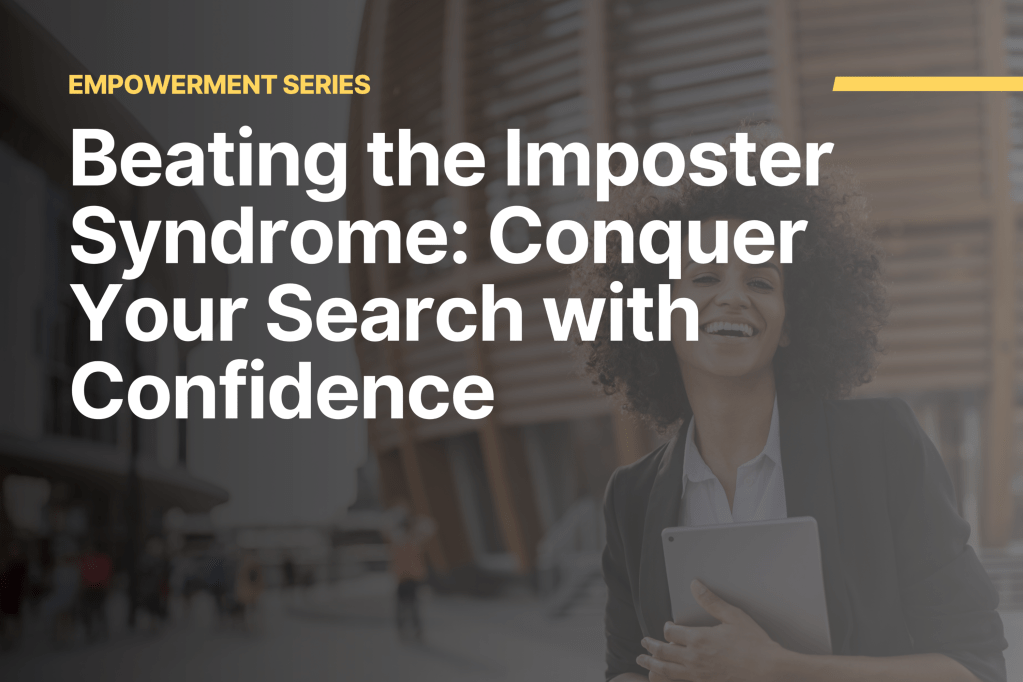By Robert Delfs
You don’t have to be a philosopher to understand the importance of the fancy-sounding concept of epistemology. Epistemology is the branch of knowledge that seeks to separate fact from opinion, theory from conjecture. It is how I as an instructor try to encourage my students to think every time I step into a boot camp classroom.
For all its many syllables, epistemology can be distilled into four types of knowns and unknowns:
- Unknown unknowns: Scary entropy—often disregarded before explored (chaos)
- Unknown knowns: Unconscious beliefs, dogma, instinct (biases)
- Known unknowns: Assumptions that can be confirmed or denied with measurements (hypotheses)
- Known knowns: Data that you can use to verify future data (facts)
In the classroom, an instructor wants to help students travel from the unknown to the known. To accomplish this, the instructor must first understand how something becomes known and then blaze that trail for their students. The framework of knowns and unknowns can help the instructor along this path of discovery.
As you gauge how your students are grasping the curriculum, you will likely find yourself asking one question: Any questions?
When there are no responses to this question, your first instinct may be to proceed to the next lesson. But I urge you to delve deeper into the silence.
When students don’t ask questions, they are experiencing unknown unknowns and are not conscious of what they are not considering. When they know what to ask, they are then able to take what little they know about a problem and work in an analytical way to discover unknowns.
As instructors, we need to identify the type of knowledge we are working with so that we can adapt our methods to surface them.
So what does the path from an unknown unknown to a known known look like? How do we determine which step our students are at?
Unknown Unknowns
This is the stage where a student (or the class) is lost but does not know what to ask. A good practice is to regress to what they do know or to review the facts. This lifts them into the realm of unknown knowns.
Unknown Knowns
If your students are asking questions, then they are in the unknown known phase. Once they are aware of the facts, have them brainstorm out loud. Class discussions are invaluable because every student brings a new variable to the equation, and being in the same mental ballpark allows them to exchange ideas without the inherent biases of industry experts. Through explaining the concept to each other, the group will filter unconscious biases into hypotheses.
Known Unknowns
This is the phase where questions are forged into ideas. Once the unconscious biases are filtered out, the class is ready to create hypotheses. These are ideas based on existing knowledge that are immediately testable, so test them! Code out their ideas, write unit tests, and uncover incorrect assumptions by showing not telling. This phase can also turn into a fun lateral thinking exercise whereby you ask your students how they can carry their knowledge of this concept into the next. This is also where you can determine problem areas and re-teach using other angles and analogies.
Known Knowns
These are the facts. You can carry these over to reduce the frequency of future unknown unknowns. If you do, you will soon find the amount of unknown unknowns your class experiences decreasing along an exponential curve. Review these facts as much as possible and have the class teach them to each other to prevent the facts from becoming unknown knowns (where students forget why they are true).
I have found that coding bootcamps follow a format much more conducive to this style of learning than the traditional lecture approach. Much like a lean start-up, boot camp learning happens when you can test, measure, and iterate on your knowledge as frequently as possible. The longer you lecture between discussions and exercises, the more time you allow an unknown unknown to snowball. Trilogy understands this danger, so it cultivates an instructional atmosphere built on robust testing and thoughtful feedback.
These methods teach students to think not only more holistically but also more analytically about incrementally solving problems using only their resources and exploratory techniques.
This, to me, is the true method of teaching a student how to fish.
This article was published on https://bootcamp.ce.arizona.edu.










